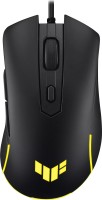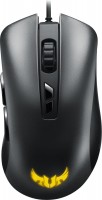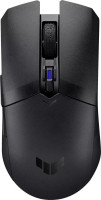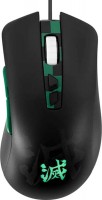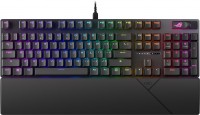Keyboards Asus series TUF Gaming
prices on 4 modelsAsus TUF Gaming
At the end of the last decade, the Taiwanese giant Asus launched an operation to capture the gaming peripherals market. First, flagship mice and keyboards from the ROG/ROG Strix series flooded the shelves, then their company was diluted with devices from the TUF family. Unlike expensive and fancy keyboards a la ROG Strix Scope, which are created more for technical exhibitions, the term "optimal" sticks to the periphery of TUF. The products of this series have virtually everything that a modern gamer needs, and at the same time they are devoid of any experimental functions that will not help in battle, but at the same time will significantly affect the price of the device.
 |
The basis of the TUF series are classic full–size keyboards, which give exactly what you expect from a gaming device for $ 80 – 120. Usually their advantages include a massive metal base, a braided cable, RGB backlight with synchronization, an end-to-end USB port and additional keys for macros. In fact, the main difference between them is the type of switches. In the simplest models like TUF K1, an advanced membrane base is used, in K3 there are mechanical switches, in K5 there are mechanical-membrane ones, and in the flagship TUF K7 there are branded optical―mechanical ones.
The whole essence of this series is best revealed by the bestseller Asus TUF K3. This is a perfectly balanced keyboard, made on the basis of a massive aluminium frame, which gives strength and weight to the structure, providing better grip with the table. Three types of mechanical switches from Kailh can be installed in it: blue, red and brown. The keyboard is equipped with a plastic brush stand on convenient magnetic latches. Add here 8 programmable keys with the ability to store macros in internal memory, individual key illumination, an end-to―end USB port - and you get a promising competitor to Razer BlackWidow, HyperX Alloy, Logitech G413 and other popular mechanical keyboards.

